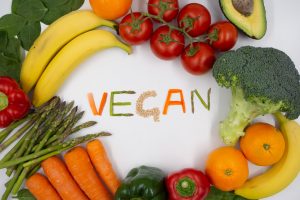Building the Future

Let’s assume we do everything right. We take care of world hunger, we eradicated poverty, we stop supporting war, and plug into a resource-based economy. Where are all these mega healthy people going to live? Can we find enough space in the tropics to fit everyone in? The answer lies in the heart of human imagination, and the power of the human brain.
Over the past few years, we have seen an evolution in green construction. This goes far beyond solar panels. Many individuals, cities, and governments, are filling up roofs and streets with different forms of vegetation. The Internet contains many designs of buildings that implement flora for decoration, temperature control, and food production. According to the United States Green Buildings Council (USGBC) “Buildings are responsible for an enormous amount of global energy use, resource consumption, and greenhouse gas emissions.”
As the demand for more sustainable building options increases, green construction will become increasingly profitable, and desirable, within the international construction market. The USGBC adds that “Buildings account for almost 40% of national CO2 emissions, and out-consume both the industrial and transportation sectors.” On the other hand LEED-certified buildings have 34% lower CO2 emissions, consume 25% less energy, and 11% less water. They have already diverted over 80 million tons of waste from landfills.” (1) (2)
Furthermore, according to Doge Data & Analytics, “The global green building sector continues to double every three years, with survey respondents from 70 countries reporting that 60% of their projects will be green by 2018.” (1)
Green buildings are more cost-effective. Upfront investment in green building makes properties more valuable, and the buildings reduce day-to-day costs year-over-year. The USGBC shares that “between 2015 and 2018, LEED-certified buildings in the United States were estimated to have $1.2 billion in energy savings, $149.5 million in water savings, $715.2 million in maintenance savings, and $54.2 million in waste savings.” (4)
These numbers are likely to increase. Technology keeps improving. People around the world are more conscious about the environmental. Health concerns related to traditional construction approaches and materials, are being brought to the surface. A better future is on its way.
Previous Section:
Next Section:
Acknowledgments
Thank you for reading!
Please donate to help us publish this book.
PayPal: trevesbruno@gmail.com
Venmo: @Bruno-Treves
Sources:
(1) http://www.usgbc.org/articles/green-building-facts
(2) http://www.pnl.gov/main/publications/external/technical_reports/PNNL-19369.pdf
(1) http://www.usgbc.org/articles/usgbc-partners-dodge-data-and-analytics-release-world-green-building-trends-report-2016
(4) http://www.usgbc.org/articles/green-building-facts



